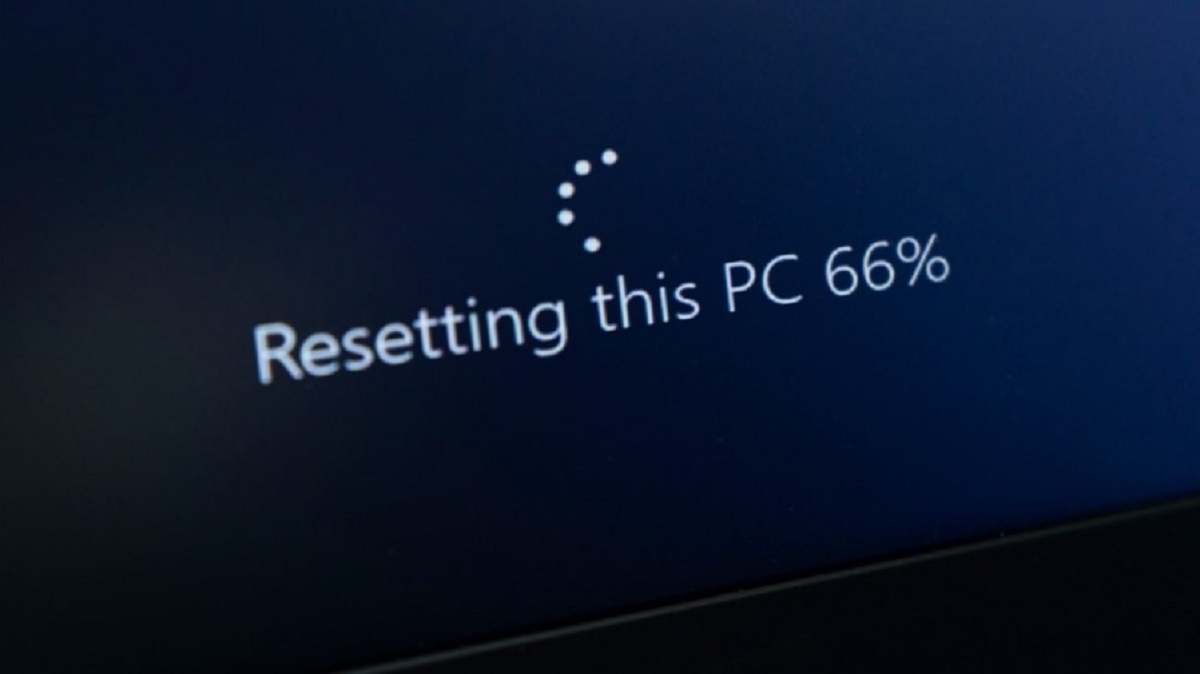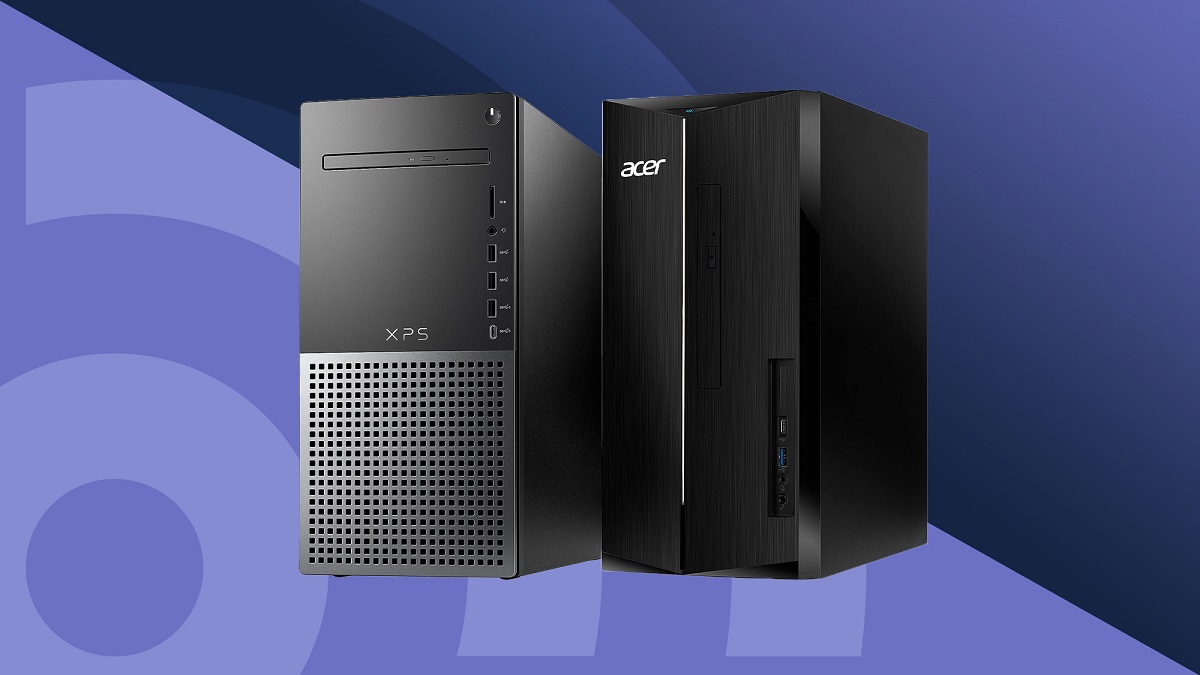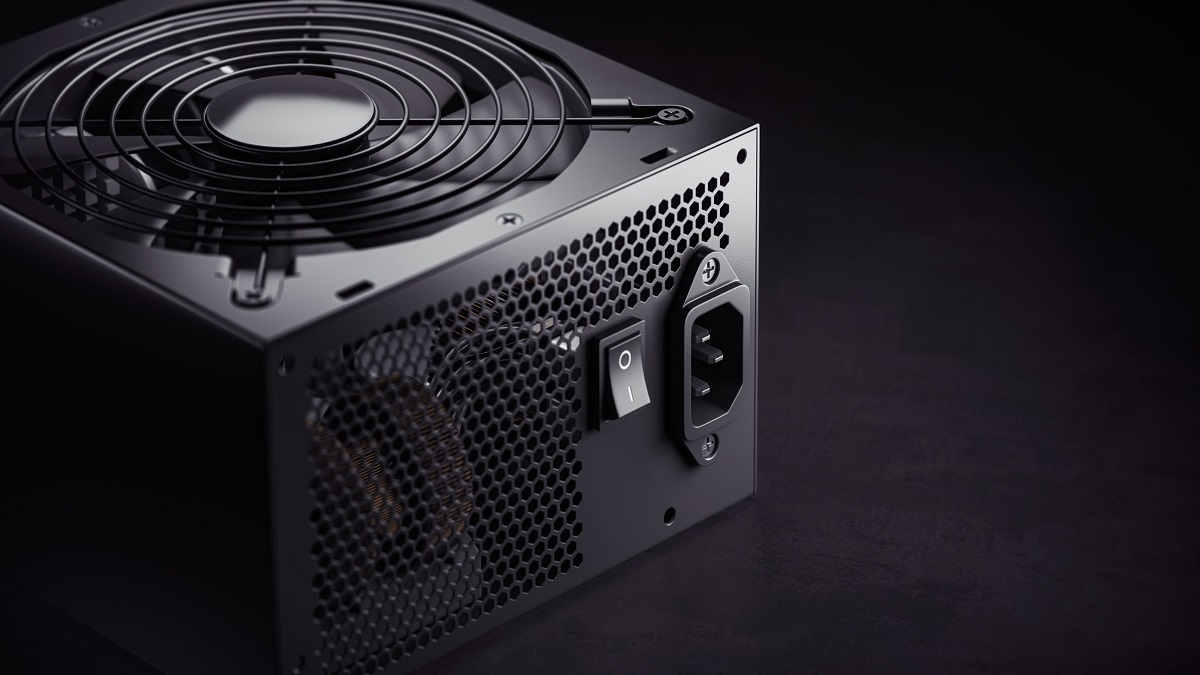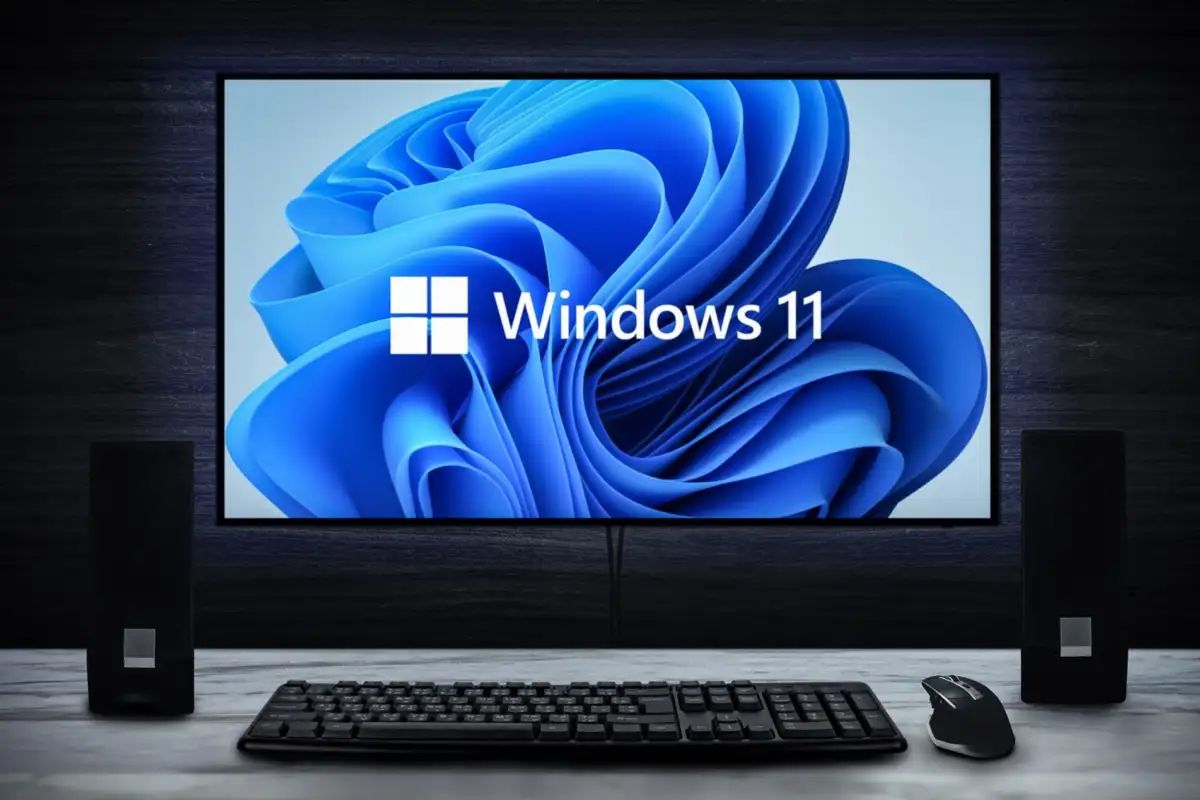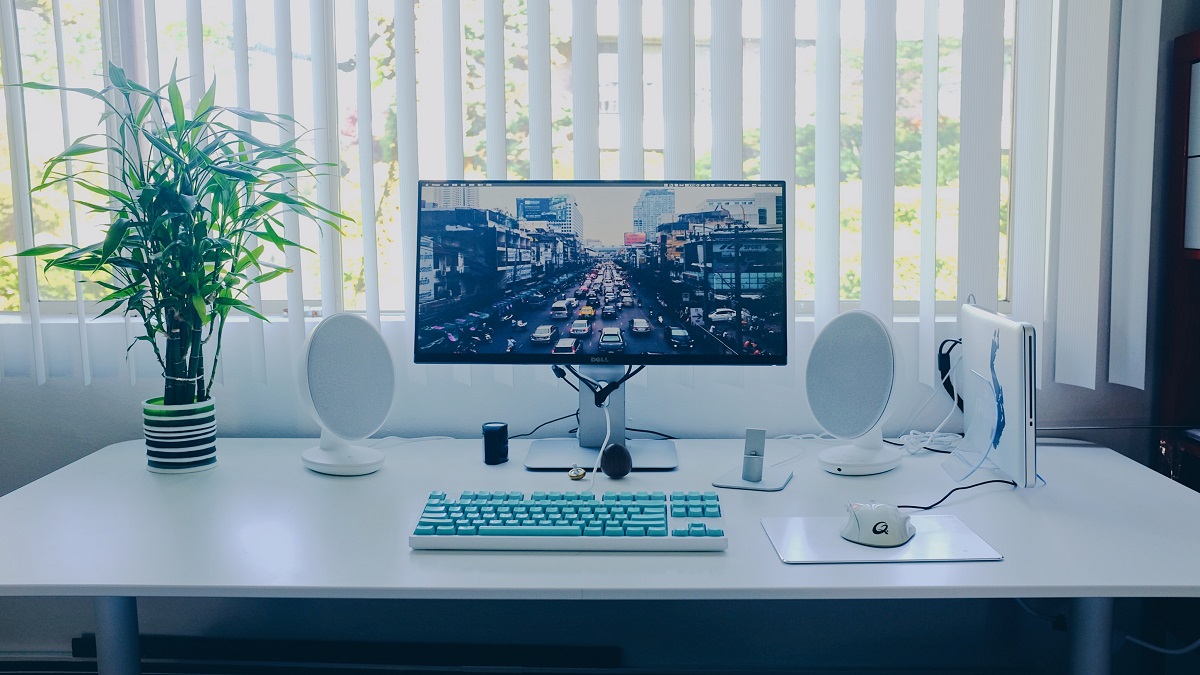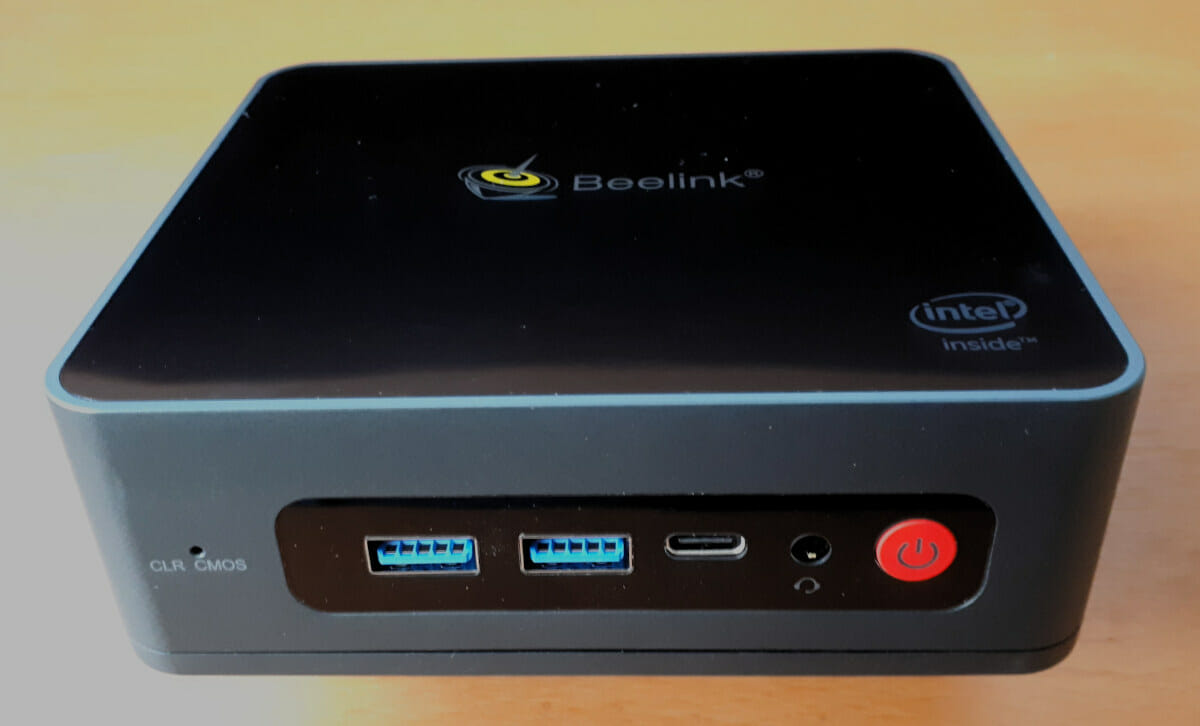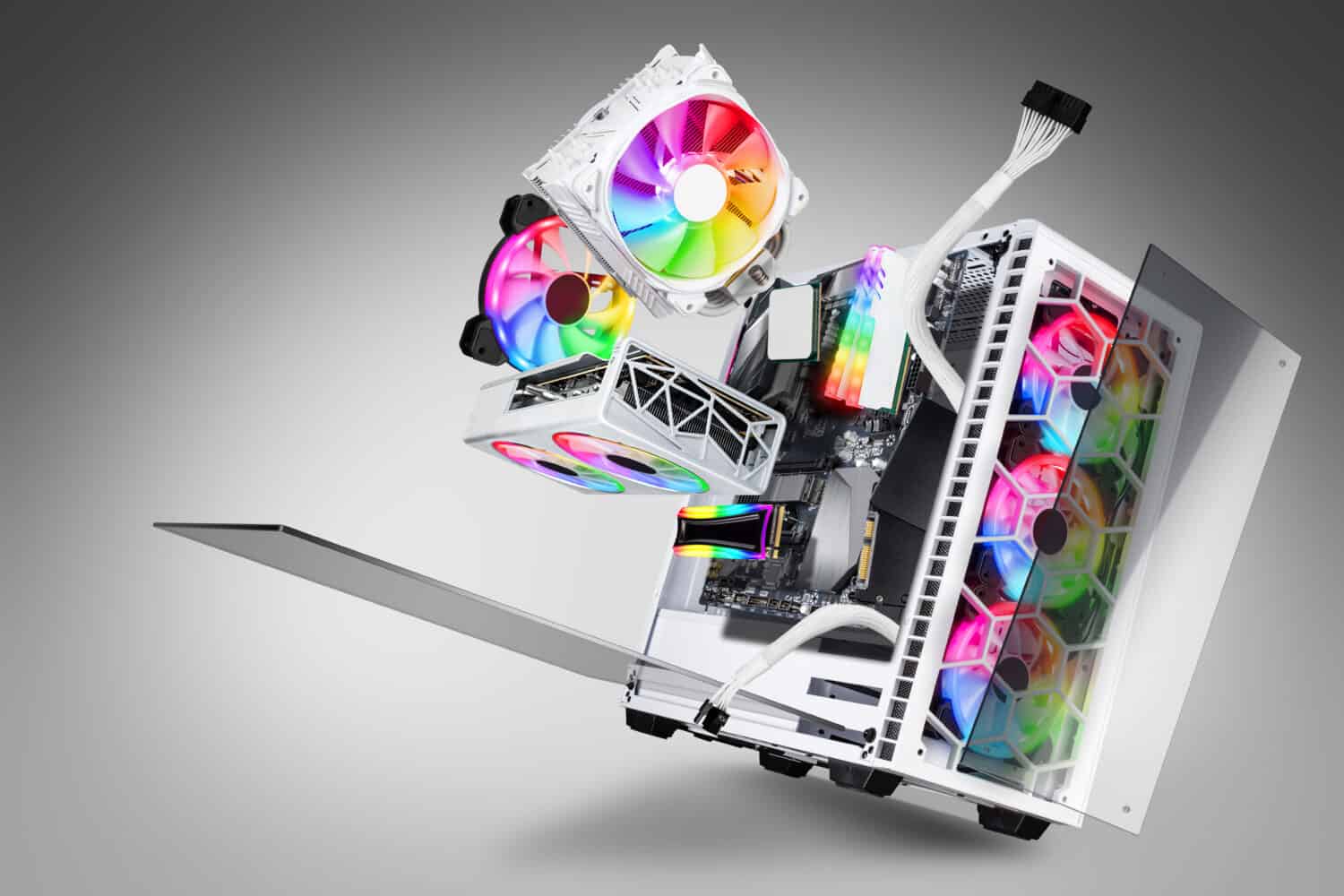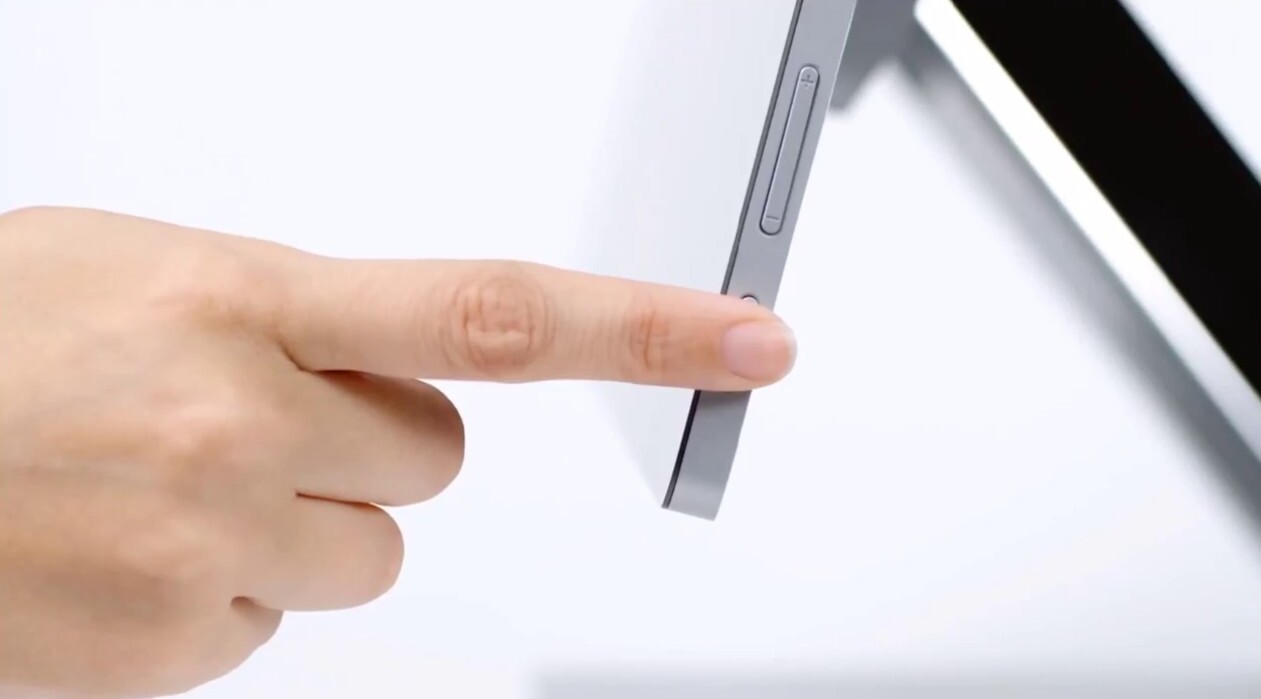Introduction
Resetting a PC can be a useful solution when you’re facing performance issues, software glitches, or simply want a fresh start. However, before diving into the process, it’s crucial to understand how long it may take. The reset time can vary depending on several factors, such as the method you choose and the specifications of your computer.
In this article, we’ll explore the factors that can influence the time it takes to reset a PC, and we’ll also discuss different methods you can use to reset your computer. Whether you’re using Windows settings, installation media, or manufacturer tools, knowing the estimated reset times can help you plan accordingly.
Before we delve into the details, it’s important to note that resetting a PC involves erasing all personal files and installed applications, so it’s essential to back up any important data before proceeding.
In the following sections, we’ll provide a step-by-step guide on how to reset a PC using different methods, along with estimated reset times. We’ll also share some tips to help speed up the reset process, minimizing any potential downtime.
Now that you understand the purpose of this article, let’s dive into the factors that can affect the time it takes to reset a PC.
Factors that Affect Reset Time
When it comes to resetting a PC, there are several factors that can influence the time it takes to complete the process. Understanding these factors can help you estimate how long you may need to wait before your computer is fully reset. Here are the key factors to consider:
- PC Specifications: The hardware components of your computer play a significant role in determining the reset time. Faster processors, more RAM, and solid-state drives (SSDs) generally result in quicker reset times compared to slower hardware configurations.
- Data Size: The amount of data stored on your computer can affect the reset time. Resetting a PC with a large amount of files, documents, and installed applications will naturally take longer compared to a system with minimal data.
- Drive Type: The type of storage drive you have can impact the reset time. PCs equipped with solid-state drives (SSDs) generally experience faster resets than those with traditional hard disk drives (HDDs) due to the significantly faster read and write speeds of SSDs.
- Operating System Version: The version of the operating system you’re using can have an impact on the reset time. Newer versions of operating systems may have better optimization and efficiency, leading to faster reset times compared to older versions.
- System Condition: The overall health and condition of your PC can affect the resetting process. If your computer is experiencing hardware or software issues, it may take longer to complete the reset. It’s advisable to address any underlying issues before proceeding with the reset to ensure a smoother process.
Keep in mind that these factors interact with one another, and a combination of several factors can influence the overall reset time. While it’s challenging to provide a specific timeframe without knowing the exact specifications and data size of your computer, the factors mentioned above give you an idea of what to consider when estimating the reset time.
Now that we’ve explored the factors that can impact the reset time, let’s dive into the various methods you can use to reset your PC and their estimated reset times.
Resetting PC with Windows Settings
If you’re using a Windows operating system, one of the most convenient ways to reset your PC is through the built-in Windows Settings. This method allows you to reset your computer while keeping your personal files intact. Here’s a step-by-step guide on how to reset your PC using Windows Settings:
- Open the Start menu and click on the “Settings” icon.
- In the Settings window, select “Update & Security.”
- In the left-hand menu, choose the “Recovery” option.
- Under the “Reset this PC” section, click on the “Get started” button.
- You’ll be presented with two options: “Keep my files” and “Remove everything.” Select the option that suits your needs.
- If you choose to keep your files, Windows will uninstall your apps and settings while keeping your personal files intact. If you choose to remove everything, Windows will remove all your personal files, apps, and settings.
- Follow the on-screen instructions to proceed with the reset process.
The reset time using Windows Settings can vary depending on factors such as the size of your data and the speed of your PC. On average, it can take anywhere from 30 minutes to a few hours to complete the reset. This estimate includes the time it takes to uninstall apps, reset settings, and prepare the system for a fresh start.
During the reset process, your PC may restart multiple times, which is perfectly normal. Windows will guide you through the process, and once completed, you’ll have a clean slate for your computer.
It’s important to note that while the reset process with Windows Settings doesn’t erase your personal files, it’s always a good practice to back up your important data before proceeding. This ensures that you have a copy of your files in case of any unforeseen issues during the reset.
Now that you’re familiar with resetting your PC using Windows Settings, let’s move on to the next method: resetting your PC with installation media.
Resetting PC with Installation Media
If you’re looking for a more comprehensive reset, including removing personal files and a complete reinstall of the operating system, resetting your PC with installation media is an effective method. This method is particularly useful when you’re experiencing severe software issues or want to start fresh with a clean installation. Here’s how you can reset your PC using installation media:
- Create a bootable USB drive or DVD with the Windows installation media. You can download the official Windows Media Creation Tool from the Microsoft website to assist you in creating the installation media.
- Insert the bootable USB drive or DVD into your PC.
- Restart your computer and access the boot menu by pressing the appropriate key (usually F12 or ESC) during startup. Select the USB drive or DVD as the boot device.
- Follow the on-screen instructions to proceed with the installation process.
- When prompted, choose the “Custom” installation option.
- Select the drive where your current operating system is installed (usually labeled as “Drive 0 Partition 1”) and click on the “Delete” button. This will remove the existing partitions and data from the drive.
- Choose the unallocated space and click on the “Next” button to begin the installation of the new operating system.
- Follow the remaining prompts to complete the installation.
The reset time using installation media can vary depending on factors such as the speed of your PC and the size of the installation files. On average, it can take approximately 1 to 3 hours to complete the reset. This estimate includes the time it takes to format the drive, install the operating system, and set up the basic configurations.
It’s important to note that resetting your PC with installation media will erase all personal files and installed applications. Therefore, it’s crucial to back up your important data before proceeding. Additionally, ensure that you have the necessary product keys or licenses for any software you wish to reinstall after the reset.
Now that you’re familiar with resetting your PC using installation media, let’s explore another method: resetting your PC with manufacturer tools.
Resetting PC with Manufacturer Tools
In addition to the built-in Windows settings and installation media, some computer manufacturers provide their own tools for resetting PCs. These tools are often pre-installed on the system and offer a convenient way to restore your PC to its factory settings. Here’s how you can reset your PC using manufacturer tools:
- Identify the manufacturer of your PC, such as Dell, HP, Lenovo, or ASUS.
- Visit the manufacturer’s support website and search for the specific model of your PC.
- Look for any available tools or utilities that are designed for system recovery or resetting.
- Download and install the appropriate tool for your PC.
- Launch the manufacturer tool and follow the on-screen instructions to reset your PC to its factory settings.
The reset time using manufacturer tools can vary depending on the specific software and hardware configuration of your PC. On average, it can take anywhere from 30 minutes to a few hours to complete the reset. The duration includes the time required to uninstall apps, restore system settings, and prepare the PC for a fresh start.
Resetting your PC with manufacturer tools typically results in a complete wipe of personal data and installed software, reverting the system to its original state as when it was purchased. Therefore, it’s crucial to back up any important data before proceeding with the reset. Additionally, make sure to have any necessary product keys or licenses for software that you may wish to reinstall after the reset.
Now that you’re familiar with resetting your PC using manufacturer tools, let’s move on to the next section, where we’ll provide estimated reset times for different methods.
Estimated Reset Times for Different Methods
The time it takes to reset a PC can vary depending on the method you choose. Here are the estimated reset times for different resetting methods:
- Resetting PC with Windows Settings: On average, using Windows Settings to reset your PC can take anywhere from 30 minutes to a few hours. The time may vary based on factors such as the size of your data and the speed of your PC.
- Resetting PC with Installation Media: When resetting your PC with installation media, the process typically takes approximately 1 to 3 hours. This estimate includes the time it takes to format the drive, install the operating system, and configure basic settings.
- Resetting PC with Manufacturer Tools: The time it takes to reset your PC using manufacturer tools can vary depending on the software and hardware configuration of your PC. On average, it can take anywhere from 30 minutes to a few hours, similar to resetting with Windows Settings.
It’s important to note that these are general estimates and the actual reset time may vary based on several factors, such as the specifications of your PC, the amount of data being processed, and any specific customizations or settings on your system.
During the reset process, it’s common for your PC to restart multiple times. Windows or manufacturer tools will guide you through the necessary steps, ensuring a smooth and successful reset.
Now that you have an idea of the estimated reset times for different methods, let’s move on to the next section, where we’ll provide some tips for speeding up the reset process.
Tips for Speeding Up the Reset Process
If you’re looking to expedite the reset process and minimize any potential downtime, here are some useful tips to help speed up the reset process:
- Backup and organize your data: Before initiating the reset, make sure to back up your important files and data to an external storage device or cloud storage. This will allow you to quickly restore your files once the reset is complete.
- Remove unnecessary files and applications: Prior to resetting your PC, take the time to clean up your system by removing any unnecessary files, applications, and programs. This will not only free up disk space but also reduce the amount of data that needs to be processed during the reset.
- Disconnect external devices: Unplug any external devices, such as printers, scanners, or USB drives, from your PC during the reset process. This minimizes potential conflicts and ensures a smoother reset.
- Close background applications: Close any unnecessary programs or applications running in the background. This allows more system resources to be allocated to the reset process, speeding up the overall time it takes to complete.
- Update your drivers: Ensure that all your device drivers are up to date before initiating the reset. Updated drivers can help optimize system performance and prevent any potential issues during the reset process.
- Utilize a faster internet connection: If you’re resetting your PC using installation media or manufacturer tools, having a faster internet connection can significantly reduce the time it takes to download and install the necessary files and updates.
Remember, these tips can help speed up the reset process, but the overall time still depends on the hardware specifications and the complexity of the reset method you choose.
By following these tips, you can potentially reduce the reset time and quickly get your PC up and running again with a fresh start.
Now that you’re equipped with these speed-enhancing tips, let’s conclude this article with a brief summary of what we’ve covered.
Conclusion
Resetting a PC can be a valuable solution when you’re experiencing performance issues or simply want a fresh start. Understanding the factors that affect reset time, such as PC specifications, data size, drive type, operating system version, and system condition, can help you estimate how long the reset process may take.
Whether you choose to reset your PC using Windows Settings, installation media, or manufacturer tools, it’s important to consider the estimated reset times for each method. Resetting with Windows Settings typically takes 30 minutes to a few hours, while resetting with installation media or manufacturer tools may take 1 to 3 hours. These times are approximate and can vary based on individual factors.
To speed up the reset process, remember to back up and organize your data, remove unnecessary files and applications, disconnect external devices, close background applications, update your drivers, and utilize a faster internet connection when necessary.
It’s crucial to note that resetting a PC involves erasing personal files and installed applications, so it’s essential to back up any important data before proceeding. Additionally, ensure that you have the necessary product keys or licenses for software that you may need to reinstall after the reset.
By following the steps outlined in this article and considering the factors that affect reset time, you can successfully reset your PC and enjoy a fresh, optimized system. Remember to choose the method that suits your needs and always prioritize data backup to avoid any potential data loss.
We hope this guide has provided you with valuable insights and tips for resetting your PC effectively. If you have any further questions or need assistance, feel free to consult the appropriate resources or seek professional help.







